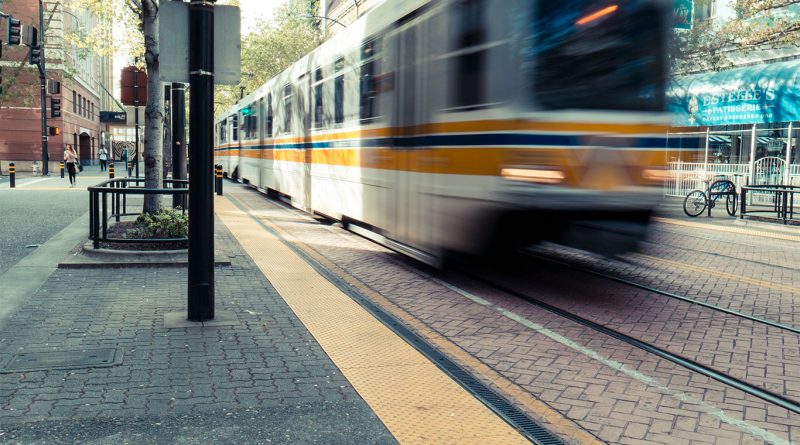Top 7 Effective Strategies for Transportation Demand Management
Transport Demand Management (TDM) is crucial for optimizing transportation systems, reducing congestion, and promoting sustainable travel options. In this listicle, we’ll explore 7 strategies for effective TDM that can benefit both communities and businesses.
1. Promote Active Transportation
Encourage walking and cycling by creating pedestrian-friendly infrastructure and bike lanes. This reduces the demand for vehicular travel, especially for short trips, and promotes a healthier lifestyle.
2. Public Transit Enhancement
Invest in improving public transportation systems with expanded routes, frequency, and accessibility. Providing reliable and convenient transit options can attract more riders. Financial barriers should also be considered here, as public transportation continues to get more expensive.
3. Carpooling and Ridesharing Programs
Facilitate carpooling and ridesharing initiatives, promoting shared rides among commuters. This reduces the number of single-occupancy vehicles on the road, reducing traffic congestion. There are many apps out there that can support people with this if necessary.
4. Telecommuting and Flexible Work Arrangements
Encourage businesses to implement telecommuting and flexible work arrangements. This reduces the need for daily commuting, lowering congestion and emissions.
5. Parking Management
Utilize smart parking management strategies, including pricing, location-based permits, and efficient use of parking spaces. This can reduce traffic searching for parking and encourage alternative transportation.
6. Travel Information and Technology
Provide real-time travel information through apps and websites, helping commuters make informed choices about their travel routes and modes. This can lead to more efficient travel planning.
7. Policy and Incentives
Enact policies that support Transportation Demand Management initiatives, such as tax incentives for public transit users, congestion pricing, and zoning regulations that promote mixed land-use development.
Effective Transportation Demand Management (TDM) strategies play a vital role in optimizing transportation systems, reducing congestion, and promoting sustainable travel options. These strategies not only benefit the environment by reducing emissions and congestion but also contribute to a healthier, more economically vibrant community overall.
